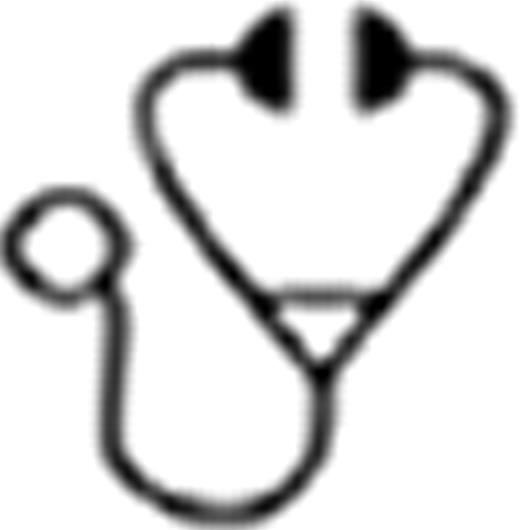Abstract
Chronic ITP accounts for 20–30% of children with ITP. Treatment includes immunosuppressive agents and splenectomy to maintain platelet count above 20,000/uL. The limitation of treatment was the risk of infection and malignancy. Intravenous anti-D showed some effectiveness in patients with acute and chronic ITP; however, this medication is unavailable in some countries. Objective: To determine the effectiveness and outcome of intramuscular anti-D in children with chronic ITP. Methods: Patients, children age≤18 years, diagnosed with chronic ITP with platelet count <20,000/uL, were enrolled. Treatment protocol, intramuscular anti-D (Igamed®) of 10 mcg/kg/dose, was divided into 3 phases of varied regimens: phase I - anti-D daily for 5 days; phase II - anti-D weekly for 12 weeks and withheld when platelet counts ≥20,000/uL; and phase III - anti-D once every 2 weeks for 24 weeks. Direct Coombs' test and LDH and hemoglobin (Hb) levels were monitored on day 3, 5 and 7 during phase I; every week during phase II and every 2 weeks during phase III. The response was defined by platelet count>20,000/uL. Results: Twenty-five patients with chronic ITP, median (range) age 7.8(3.8–15.5) years, were enrolled, 9 patients [median age 11.3(4.6–15.5) years, females:males = 2:7] were treated with anti-D while 16 patients [median age 6.6(3.8–12.3) years, females:males = 4:12] were not. Median platelet count at the time of enrollment was 7,000(2,000–18,000)/uL. Median platelet counts in anti-D treatment [9,000(2,000–18,000)/uL] and non-treatment [4,500(2,000–16,000)/uL] groups at the time of enrollment were not significantly different. During phase I, the median platelet counts in all treated patients significantly increased from 9,000(6,500–14,700)/uL to 32,000(22,430–46,000)/uL, p= 0.012. The maximum response was during days 4–5 after treatment. Seven patients received anti-D weekly in phase II and every 2 weeks in phase III with a total of 84 episodes each in both phases. The results revealed platelet count≥ 20,000/uL in 21 episodes [25(8.3–78.2)%] in phase II and 25.5 episodes [30.7(0–50)%] in phase III. Direct Coombs' tests were positive (3+ to 4+) in all patients; however, Hb level was not changed. The median follow-up time after enrollment in anti-D treatment group was 2.2(0.6–3.7) years. One patient in anti-D treatment group was in remission (platelet>100,000/uL) at 1.3 and 0.8 years after diagnosis and enrollment, respectively and 8 patients in non-treatment group were in remission at median time of 4.1(1.6–5.4) and 2.0(0.8–4.2) years after diagnosis and enrollment, respectively, p= 0.22. Conclusion: Intramuscular anti-D demonstrated the 100% response when given 10 mcg/kg/dose for 5 days. The once a week and once every 2 weeks showed only 25% and 30% response, respectively. Anti-D treatment during 37 weeks did not affect the long-term outcome. No complication was detected. Therefore, intramuscular anti-D given 10 mcg/kg for 5 days can be an alternative method to raise platelet count for immediate invasive procedure requirement in chronic ITP patients with severe thrombocytopenia.
No relevant conflicts of interest to declare.

This icon denotes a clinically relevant abstract
Author notes
Asterisk with author names denotes non-ASH members.

This feature is available to Subscribers Only
Sign In or Create an Account Close Modal